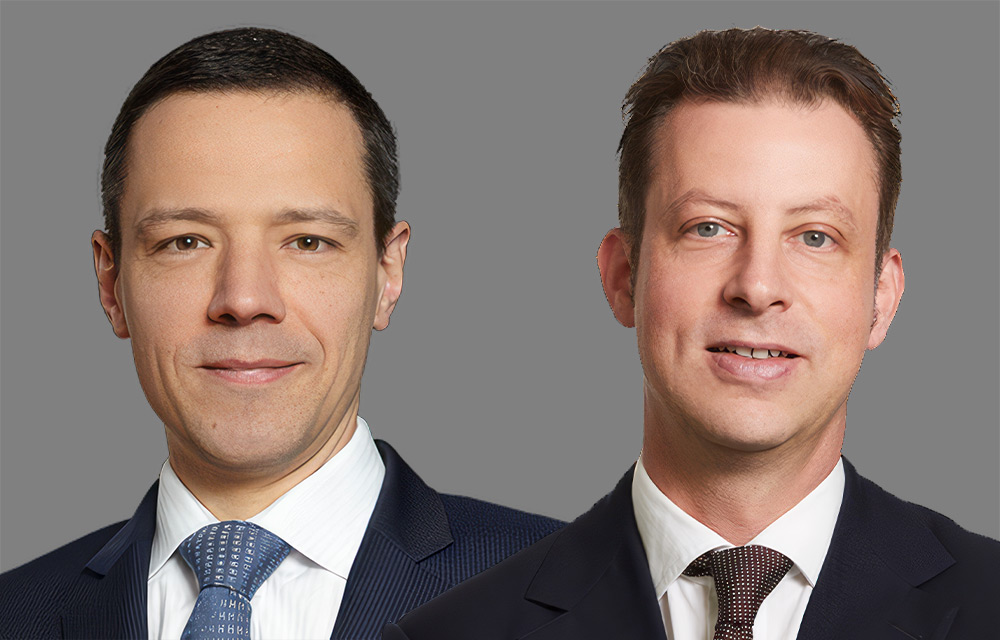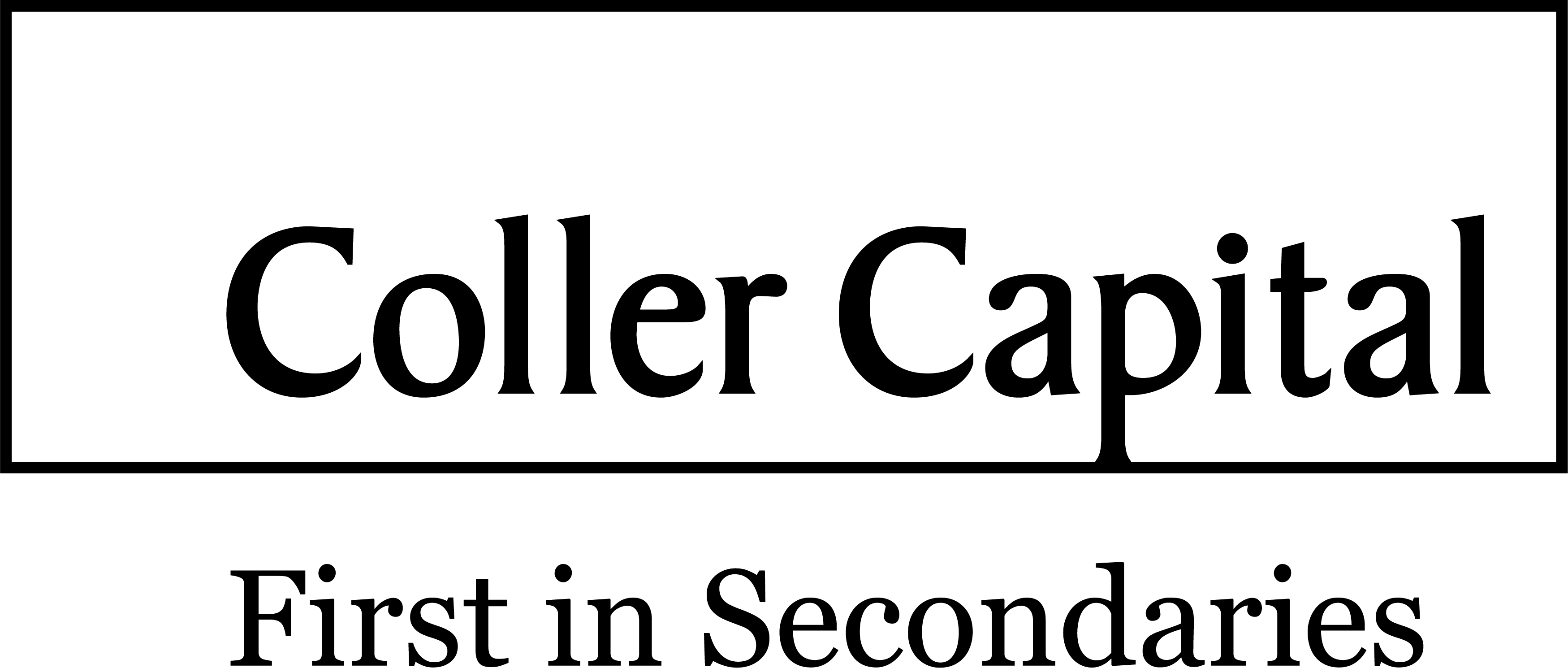Where are the best opportunities in the secondaries market?

Despite a dip in activity in H1 2023, the secondaries market remains a hotbed of activity. Real Deals spoke with Michael Schad, partner, head of Coller Credit Secondaries and Francois Aguerre, partner, co-head of investment and global head of origination to discuss the opportunities and challenges in the market.
How has the secondaries market evolved during this year?
Francois Aguerre: We believe the market is in really good shape in terms of growth and volume, which is favourable for returns. Those three variables are determined by the supply/demand balance. Private markets have experienced a massive reduction in distributions during the past three years. Capital calls have also reduced slightly but to nowhere near the same extent, which means the environment is currently favourable for buyers. It takes a long time for these overallocation issues to play out, so I expect that situation to continue well into 2024.
What differences do you see between the LP-led and GP-led markets when it comes to those supply/demand dynamics and resulting discounts?
Aguerre: LPs are not only overallocated to the asset class, many are also experiencing negative cashflow problems, which means they are under significant pressure to generate liquidity. During the past 18 months, we have therefore been able to transact at a higher discount, on average, than at any point in the previous decade.
The situation for GPs is different because they own the asset, and operating performance for those assets is actually holding up well. The only pressure that GPs are facing therefore is around DPI (distributions to paid-in-capital). They need to be able to deliver those distributions in order to fundraise successfully but there hasn’t been the same urgency to sell. The GP-led market therefore experienced some paralysis early in 2022 but is now slowly opening up to discounts.
How is the credit secondaries market developing?
Michael Schad: The credit secondaries market functions in exactly the same way as the equity secondaries market in terms of the types of transactions being completed and the nature of the sellers, who range from family offices to large institutional investors and sovereign wealth funds. The obvious difference is that the primary credit market is still relatively nascent and, until recently, there haven’t been any dedicated pools of capital raised for credit secondaries. Now, firms like Coller have come in and raised funds with an appropriate cost of capital to target senior direct lending strategies, so the market is growing fast.
What impact is the current interest rate environment having on private credit?
Schad: The macro environment is having a favourable impact on primary fundraising for private credit because alternative sources of liquidity are constrained and base rates are higher, so GPs are able to issue new loans on more attractive terms and with better documentation. In Europe, base rates are currently around 5%, so the absolute returns you can generate are clearly strong. It is not surprising then that Preqin has forecast that private credit will be the fastest-growing asset class within alternatives.
Existing loans in portfolios are also benefiting because they are typically structured as floating rate instruments. Of course, the need to pay more interest will negatively impact borrowers’ cashflow but generally speaking, the private credit market is well positioned to deal with a challenging market environment. There is a lot of equity in most sponsored transactions so the sponsor has a lot to lose if they walk away when a company gets into trouble. Leverage ratios at inception have typically been reasonable.
Furthermore, direct lending, and particularly unitranche, compares favourably to the syndicated leverage loan market in that there is usually only one, or at most a small handful, of lenders involved. That makes it much easier to renegotiate or restructure if a company does run into trouble when compared to the syndicated loan market, when the entire universe of holders of the loan might change. That is another feature that makes the direct lending market more resilient.
Are you seeing portfolios for sale that contain both equity and debt?
Schad: When investors are considering selling alternative assets, they generally look at the entirety of their portfolio. Historically, that would primarily have meant buyouts, but now institutional investors often have exposure to multiple asset classes, including private equity, private debt, infrastructure and other forms of real assets. That all comes into the mix when an investor decides they want to crystallise liquidity, so we often now see sellers bringing mixed portfolios to market. That benefits larger market participants like Coller that are active in both equity and credit.
How do the European and US markets differ in terms of the opportunities and challenges that you are seeing?
Aguerre: Private markets all need the same basic components to function. They need a market conducive to acquisition, an environment where assets can be managed and then a market conducive to sale. Right now, buying is more complicated because leverage is expensive and there is tension around valuation. That situation is similar in both the US and Europe.
When it comes to managing assets, the US economy is clearly recovering more quickly than Europe and when it comes to sales, while the IPO market is not yet fully open in the US, M&A is picking up much more quickly than it is in Europe.
This content was produced in association with
Categories: Insights
This content is free for all our visitors.
Would you like to check out the rest of our fantastic offering? Get in touch with us to discuss our trial and subscription options.
Contact us
